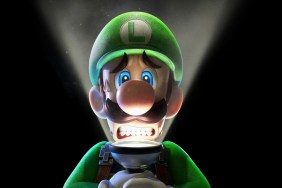Run like Hell.
There’s a bit in David Lynch’s wonk-fest Lost Highway where Bill Pullman’s character Fred sidesteps his deep-seated—and only half-conscious—fear and loathing of memories committed to camcorders: “I like to remember things my own way,” he mutters to a pair of dubious police detectives. “The way I remember them—not necessarily the way they happened.”
-
Well-executed Wii functionality
-
No weapons = nightmarish sense of helplessness
-
Unique 'reimaginative' approach to franchise
-
Superb story that reacts to you
-
Nightmare Escape segments can get repetitive
-
On the short side
-
Your Wii may never seem completely clean again











